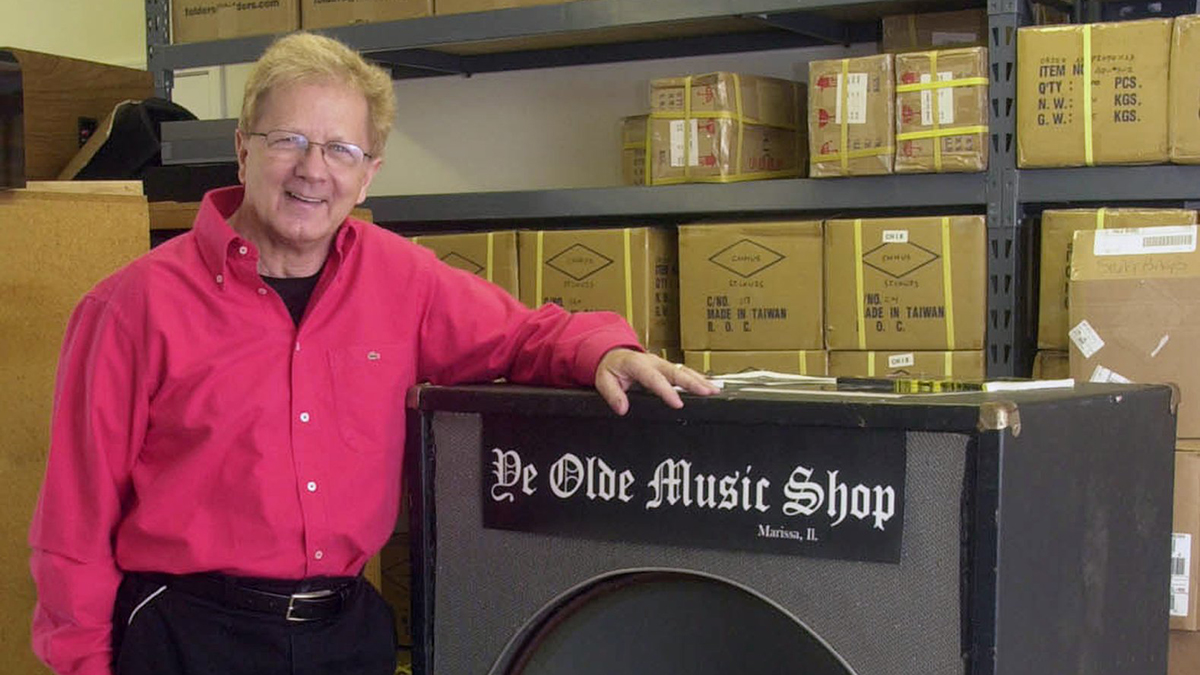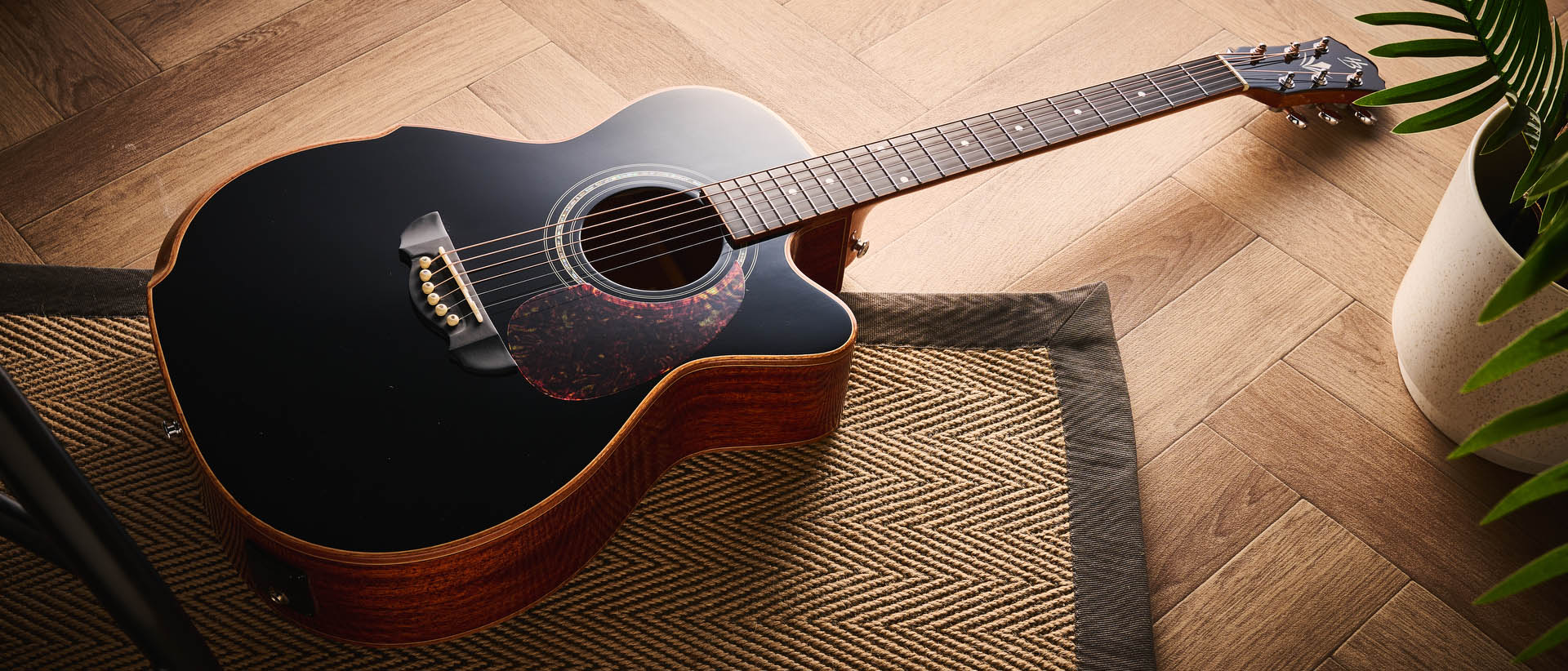
Bob Heil, the audio industry legend who pioneered the Talk Box – and worked with the likes of Peter Frampton and The Who – has died aged 83.
The news was shared via a social media post published by Heil Sound (the company Bob founded in 1966), which revealed Heil had passed away surrounded by his family following a year-long battle with cancer.
“Today we say goodbye to our beloved founder, Dr. Bob Heil,” the statement read. “Bob fought a valiant, year-long battle with cancer, and passed peacefully surrounded by his family. Bob’s impact on professional and live sound cannot be overstated.
“Driven by a lifelong passion for sound, Bob’s pioneering work revolutionized how concertgoers experienced live sound. Bob created and developed numerous pro sound innovations and products over the years, some of which are preserved in the Rock and Roll Hall of Fame Museum.
“While Bob’s presence will dearly be missed, we are immensely proud and happy to honor and carry on his legacy.”
Heil is widely credited for setting the blueprint for live sound systems in rock music, and leaves behind a profound legacy. Having first experimented with amateur radio and electronic design as a youngster, Heil eventually went on to found Heil Sound in ‘66.
Through it, he sought to create larger, better live sound systems than what was available at the time. His first notable gig came in 1970, when he asked if he could provide a PA for a Grateful Dead show (via MusicRadar). The band’s regular sound operator was also unavailable, so Heil stepped in to fill his spot.
All the latest guitar news, interviews, lessons, reviews, deals and more, direct to your inbox!
Owing to the success of Heil and his sound system, the electronics expert would then be invited on tour with the Grateful Dead, and would expand his body of work to include collaborations with The Who, Joe Walsh, Peter Frampton and Jeff Beck.
Along the way, he also befriended Pete Townshend, who brought Heil onboard in a bid to create the quadraphonic sound system he wanted to use on The Who’s Quadrophenia album tour.
One of his most influential innovations was the Talk Box, which was originally created for Joe Walsh in 1973. Despite being built for Walsh, it would later be championed by Peter Frampton (who used it on Show Me the Way), Slash, Richie Sambora and countless other guitar greats.
In 1988, the manufacturing rights were sold to Dunlop, which continues to make the Talk Box to Heil's spec in the present day.
Several musicians have paid tribute to the late Heil. On Facebook, Frampton wrote, “I am so sorry to hear of the loss of my friend for so many years, Bob Heil.
“A musician, inventor, ham radio expert, Heil Sound and microphones. For me most importantly, he gave me a very important present mid seventies. The Heil Talkbox!! Can never thank Bob enough. Rest in power my friend.”
On his own Facebook page, Joe Walsh posted, “An amazing musician (especially behind the wheel of a pipe organ at your favorite old movie house), a mad scientist, a ham radio aficionado and evangelist, a tireless problem solver, a mentor to me and guide on my guitar journey, Bob was our wizard in the Midwest.
“He was also my friend for more than 50 years. RIP, man. I love you and miss you already.”
I am so sorry to hear of the loss of my friend for so many years, Bob Heil. A musician, inventor, ham radio expert, @Heilsound and microphones. He gave me a very important present mid seventies. The Heil Talkbox!! Can never thank Bob enough. Rest in power my friend.March 3, 2024

Matt is the GuitarWorld.com News Editor, and has been writing and editing for the site for almost five years. He has a Masters in the guitar, a degree in history, and has spent the last 19 years playing everything from blues and jazz to indie and pop. During his GW career, he’s interviewed Peter Frampton, Zakk Wylde, Tosin Abasi, Matteo Mancuso and more, and has profiled the CEOs of Guitar Center and Fender.
When he’s not combining his passion for writing and music during his day job, Matt performs with indie rock duo Esme Emerson, and has previously opened for the likes of Ed Sheeran, Keane, Japanese House and Good Neighbours.
